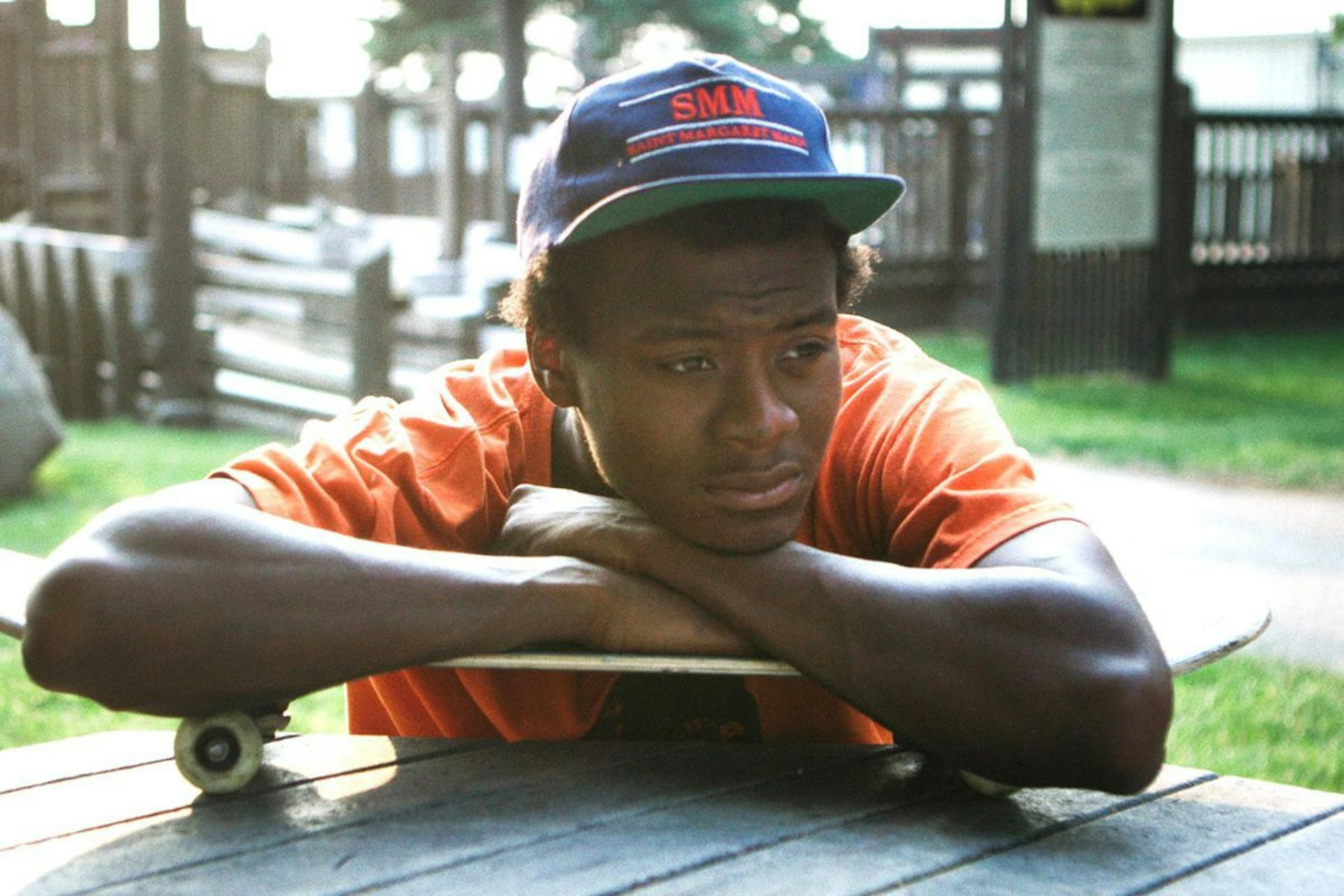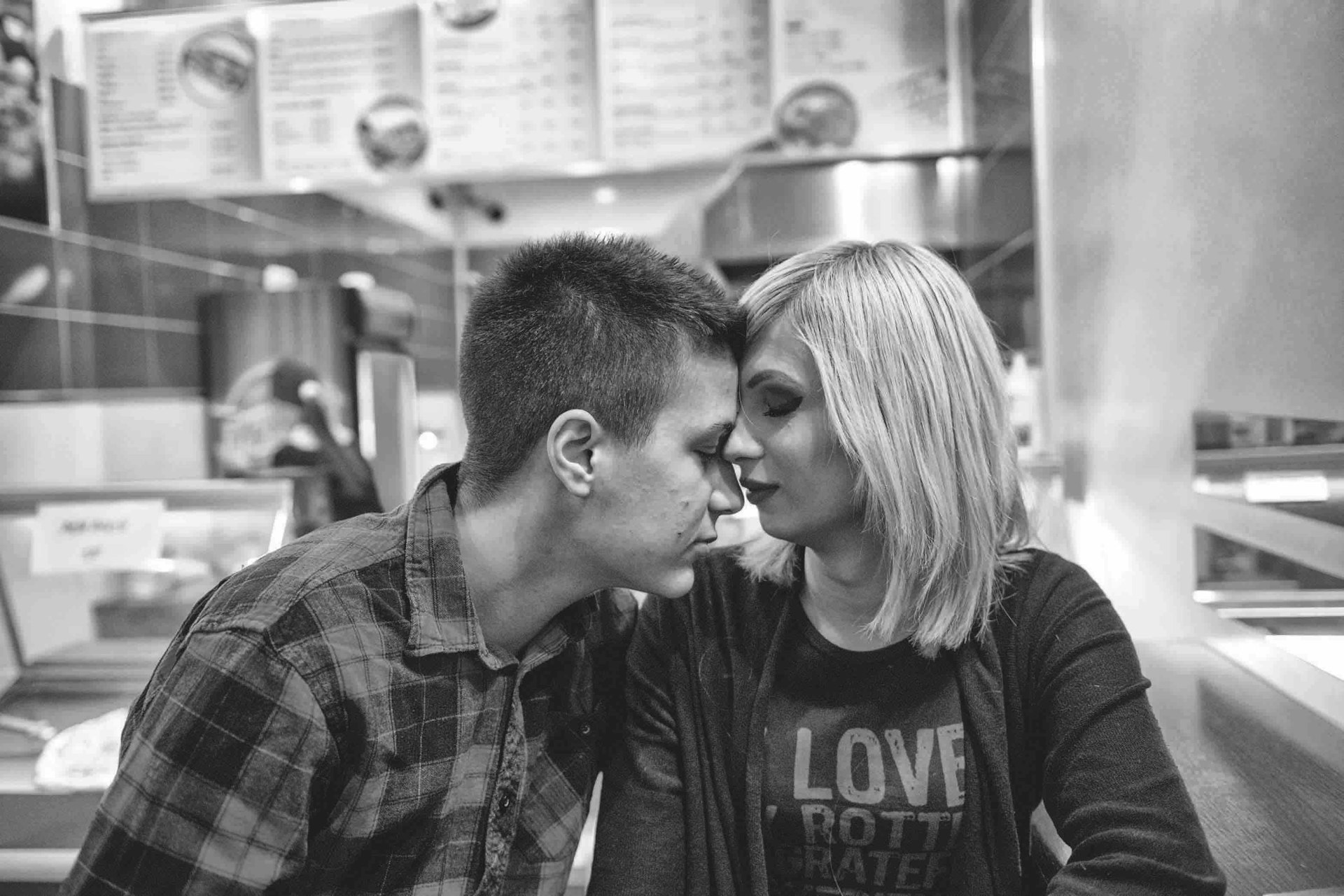
Everyday portraits of life and love in LGBTQ Serbia
- Text by Biju Belinky
- Photography by Slobodan Randjelović
When photographer and architect Slobodan Randjelović first left Yugoslavia, now known as Serbia, he was a little under 20 years old. The year was 1996, five years before the country’s first pride parade, and two decades before he ever set foot in his home country again.
When Slobodan did decide to return, he did so with a camera in tow and a few social media handles as leads. He was determined to capture the everyday lives of members of the Serbian LGBTQ+ community: a group who are striving to stay alive and thrive in a place with a complex socio-political and religious landscape, as well as laws and practices that often contradict each other.
“The first few months were really hard because people were not very receptive – they would listen to me and they understood what I was trying to do with the book, but they didn’t understand why I was doing it,” Slobodan tells Huck. “Somehow they thought that I was a spy or an impostor. Some people even thought that I was hitting on them in a very creative way.”
After six months of struggling for access, his hard work paid off, and he started being invited into people’s lives. The result was Slobodan’s debut photo book, Lives in Transition: LGBTQ Serbia, which, over 160 pages, details the lives and experiences of around 20 individuals Randjelović met during his travels.
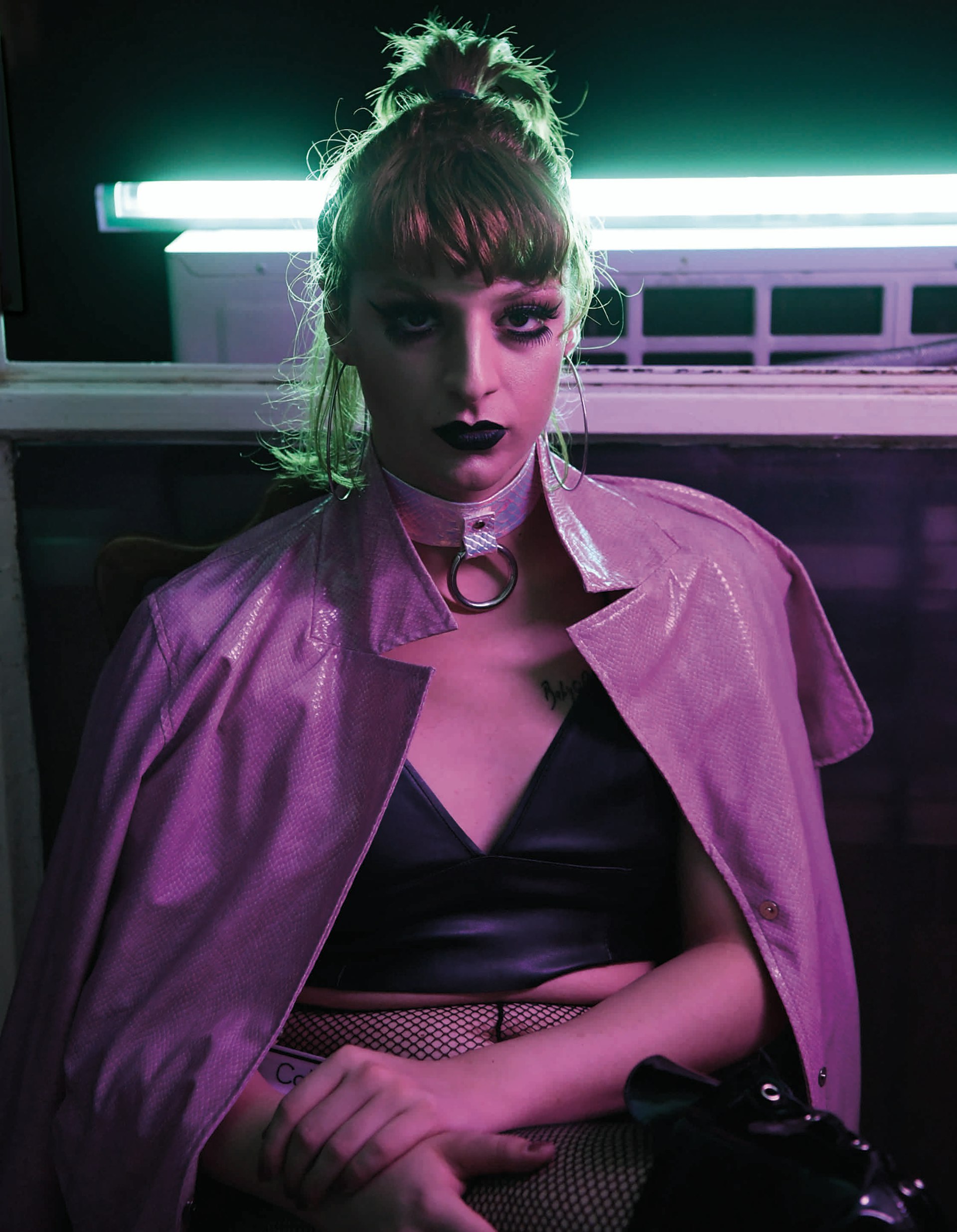
Sonja Sajzor, who defines herself as a trans woman.
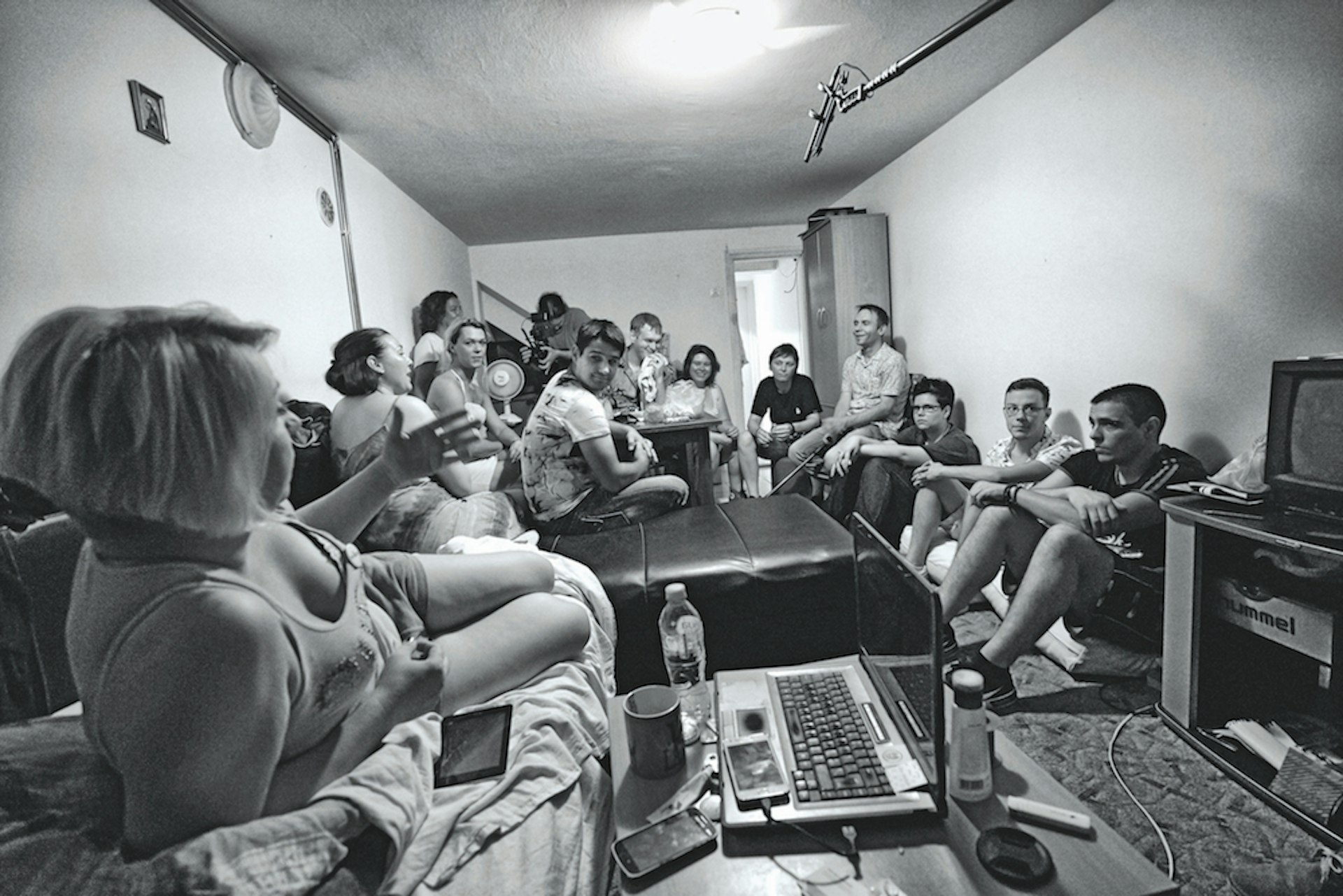
Helena Vukovic is a trans woman and celebrated LGBT activist. Here, activists gather at Helena’s apartment a night before the June Pride parade to plan an event.
His subjects range from very well-known Serbian activists to everyday people from varying backgrounds, physical dispositions and life experiences. The completed result is a successful portrayal of the life that happens between protests and people fighting for the recognition of their rights.
The book is part of a larger collection of publications that explore the experiences of LGBTQ+ people all over the world. Although the personal accounts littered across the pages are specific to Serbia, they ring familiar to anyone who’s part of the global LGBTQ+ community. Topics range from parenthood and relationship struggles, all the way to people’s unwillingness to separate gender identity from sexual preference.
Lives in Transition is also shot from a perspective that is far from distant. In fact, Slobodan’s very personal introductory essay immediately recognises his closeness to the subject, and details with gut-wrenching honesty his own experiences with homophobia growing up, both from a psychological and external perspective. He is quick to place himself amongst his subjects and recognises that, in many ways, working on the book was also a way to personally make peace with his birthplace.
“When I said yes to the project, I was very excited that I would have an excuse to go back to Serbia – but then I went into a full panic attack,” he recounts. “I just thought I couldn’t do it, no way in hell. I dove in without really knowing how I was going to react, or what I was going to find, or how it was going to pan out. I still remember the first time I was landing in Belgrade I had a panic attack, I couldn’t breathe.”

Sonja Sajzor protests at the Pride parade.
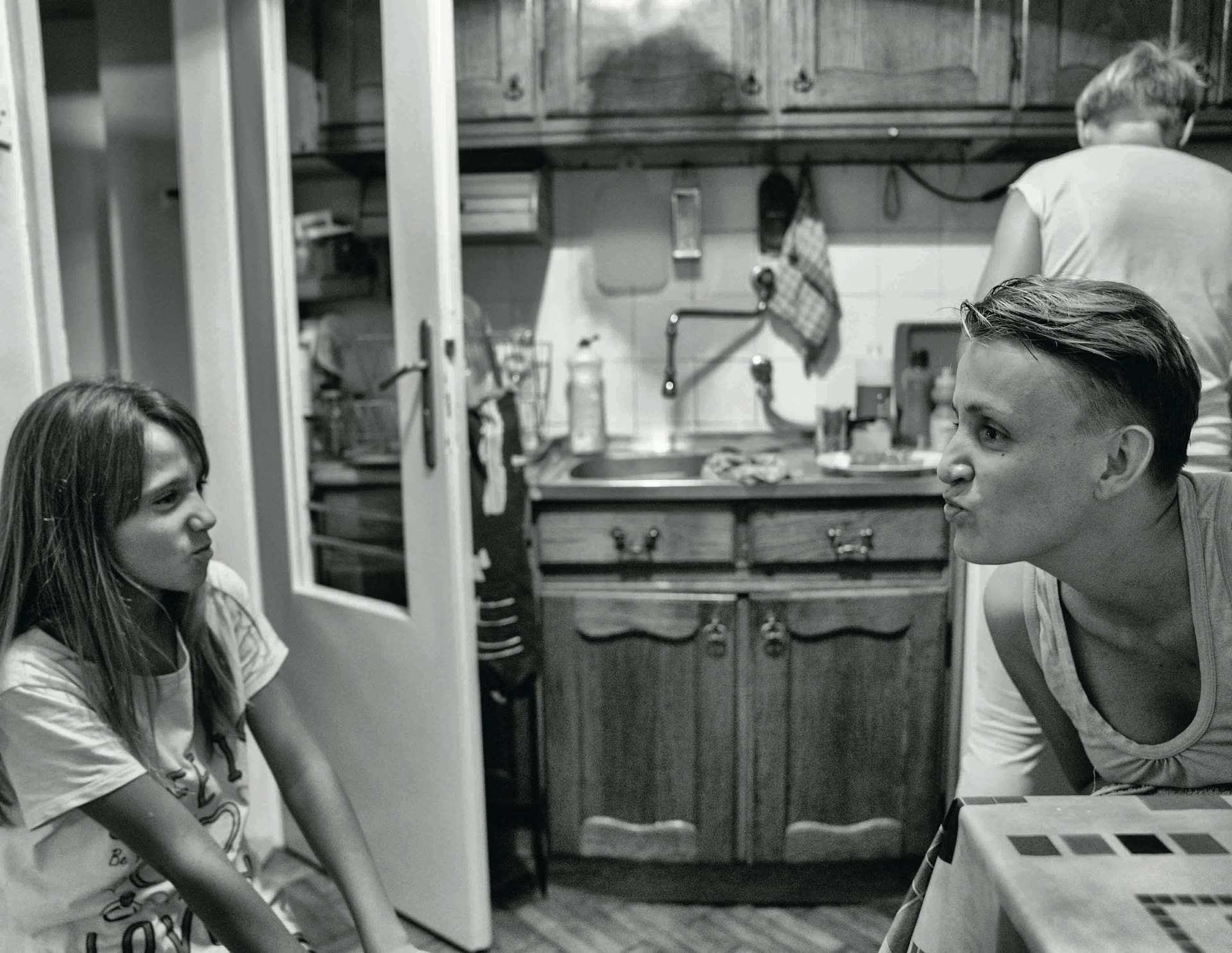
Irina Radosevic (right) with her daughter & R. (in background). Note: R. conceals her face in the photographs in the book as she is afraid of losing her job working with children.
“Later, I kind of loosened up and then I just really focused more on the process, meeting more people and learning more about the world of activism. Then, very slowly but naturally, I thought back to what my own past was, and I reconciled with it. The book helped me heal, it helped me accept better the place where I’m from and who I am.”
Slobodan is also fully aware that photographing marginalised experiences has a tendency to become accidentally voyeuristic. And although their world is far from a bed of roses, Lives in Transition is clearly conscious of portraying the multiplicity of the LGBTQ experience, rather than just suffering or non-stop resistance. Sometimes, you’re gay and you wake up in the morning and eat some toast, kiss your partner and that’s fine.
“Nothing in the book is posed,” the photographer explains. “Everything was shot in available light. They’re not pretty pictures, but it’s purposeful because I did not want to make it pretty. Because life ain’t pretty and we don’t always look our best.”
“I really wanted to convey people’s lives for what they are, in the simplest possible way. There were times that I was shooting pictures and people were doing some not-so-legal stuff – there was a lot of nudity also. But I didn’t want a provocative, scandalous, fake approach to LGB, and especially T people. I wanted something that was almost banal, in the way that most people’s lives are.”

Stefica preparing for Helen Vukovic’s book party.


Srdjan Dimitrijević and Dalibor Vujović are domestic partners who recently celebrated their 6th anniversary as a couple.
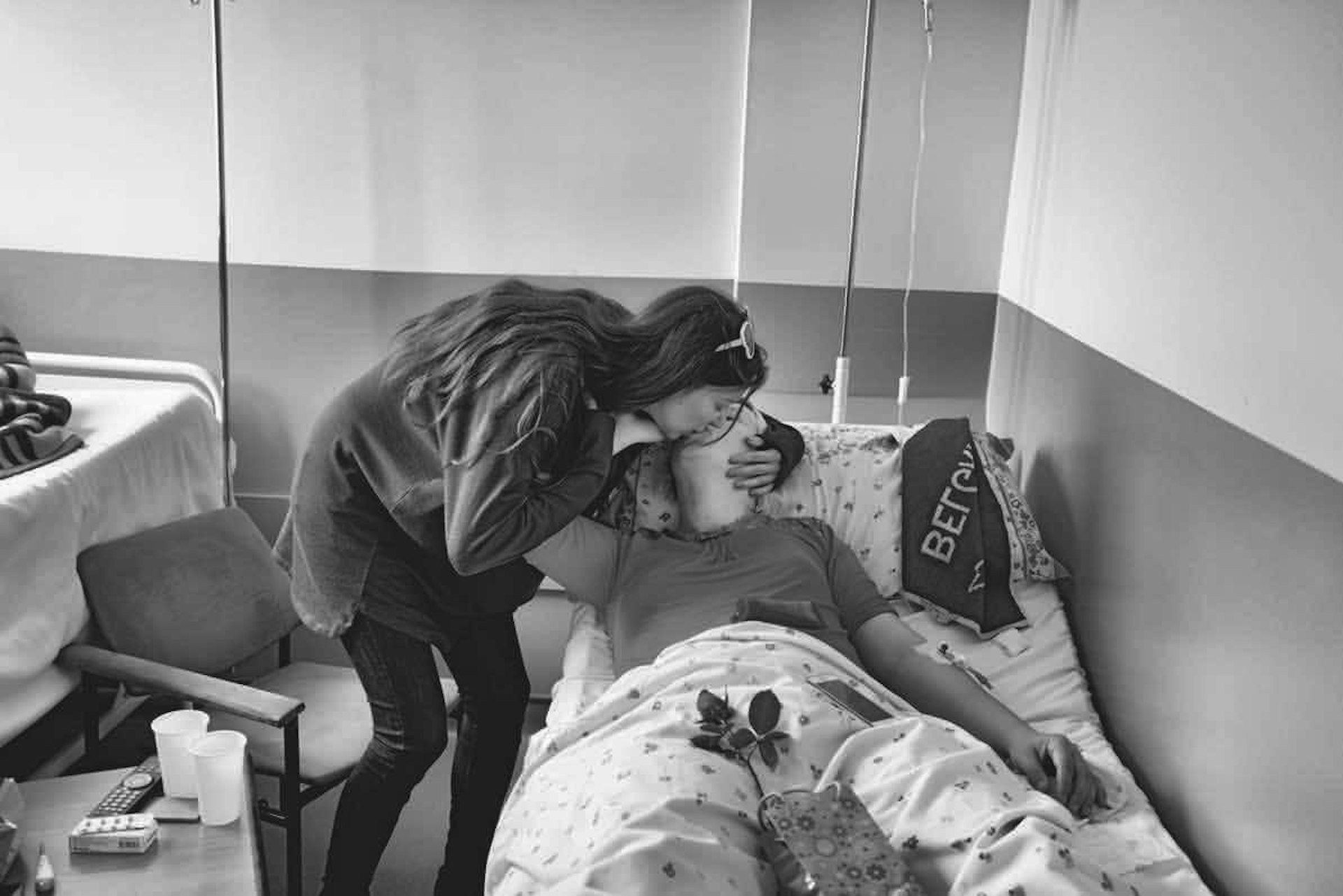
Helena is kissed by her girlfriend Merlot, a day after her gender affirming procedure.
Lives in Transition: LGBTQ Serbia by Slobodan Randjelovic is available now on The New Press.
Follow Biju Belinky on Twitter.
Enjoyed this article? Like Huck on Facebook or follow us on Twitter.
